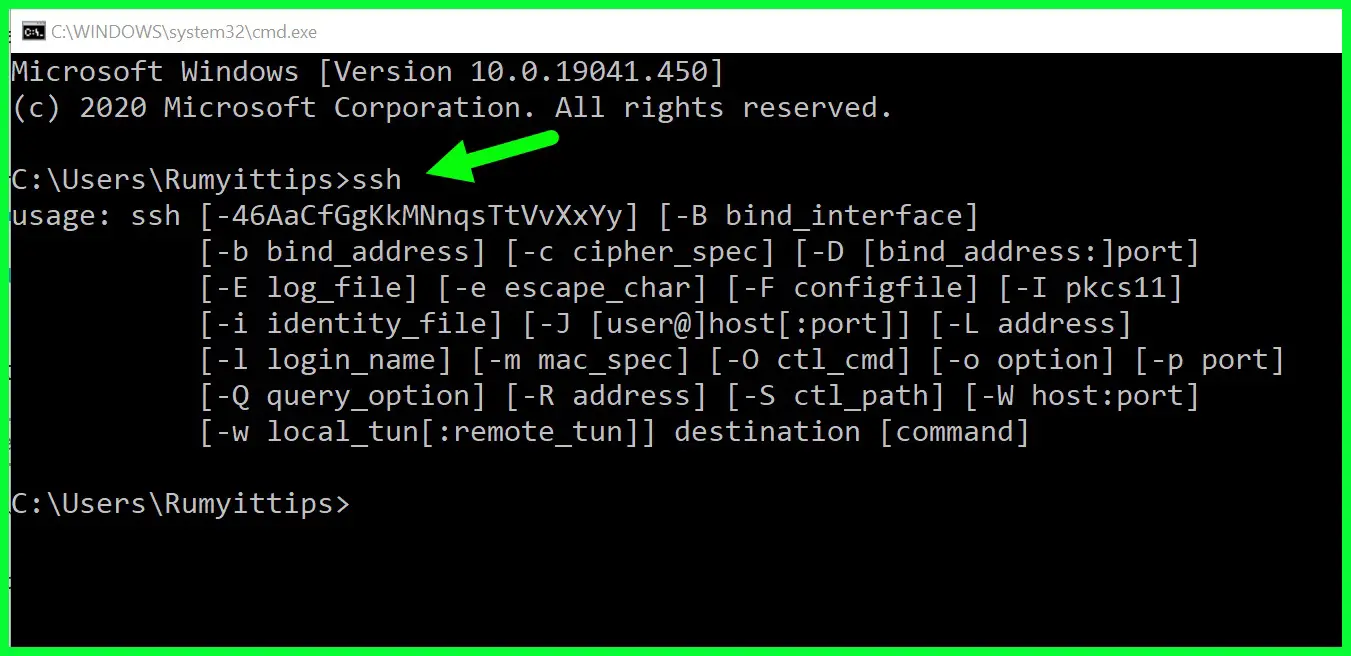Securing Remote IoT Connections With P2P Technology On Windows 10
In the digital era, establishing secure connections for remote IoT devices through peer-to-peer (P2P) technology on Windows 10 is essential for both businesses and individuals. The rapid growth of the Internet of Things (IoT) has transformed the way we interact with technology, but it also introduces new challenges in security and connectivity. Understanding how to safely integrate IoT devices using P2P technology on Windows 10 is crucial for protecting your data and maintaining privacy.
As more devices connect to the internet, the significance of robust security measures becomes increasingly clear. Whether you're managing smart home systems, industrial sensors, or wearable technology, ensuring secure communication between these devices is vital. This guide will explore the intricacies of setting up secure connections for remote IoT devices using P2P technology on Windows 10, offering practical insights and actionable advice.
By the end of this article, you'll have a thorough understanding of the best practices, tools, and strategies for securely connecting remote IoT devices. Whether you're a tech enthusiast, a business owner, or an IT professional, this guide is designed to equip you with the knowledge needed to navigate the complexities of IoT security in the Windows 10 environment.
- Where To Watch Wizards Of Waverly Place A Comprehensive Guide
- Discover The Elegance Of Lavender Orpington Chickens For Your Backyard
Table of Contents
- Introduction to IoT
- Understanding P2P Technology
- Why Secure Connections Are Vital
- Steps to Securely Connect Remote IoT Devices
- Best Practices for IoT Security
- Tools for Managing Remote IoT Devices
- Troubleshooting Common Issues
- Case Studies and Examples
- Future of Remote IoT Connections
- Conclusion and Next Steps
Exploring the Internet of Things (IoT)
The Internet of Things (IoT) represents a network of physical devices equipped with sensors, software, and internet connectivity, enabling them to exchange data seamlessly. From smart thermostats and autonomous vehicles to industrial automation systems, IoT devices are reshaping industries and enhancing everyday life. However, as the number of IoT devices continues to grow, so does the potential for security risks. According to a report by Gartner, the global count of IoT devices is projected to exceed 25 billion by 2025, emphasizing the urgent need for secure connectivity solutions.
IoT Devices in Daily Life
IoT devices have become an integral part of homes, businesses, and industrial settings. Some common examples include:
- Smart home systems such as Amazon Echo and Google Nest
- Wearable technology like fitness trackers
- Industrial sensors for machinery monitoring
- Smart city infrastructure for traffic management
What Is Peer-to-Peer (P2P) Technology?
Peer-to-peer (P2P) technology facilitates direct communication between devices without the need for a centralized server. This decentralized approach offers numerous benefits, including reduced latency, improved scalability, and enhanced privacy. When it comes to securely connecting remote IoT devices using P2P technology on Windows 10, this method plays a critical role in ensuring seamless and secure data exchange.
- Comprehensive Guide To The Ridgeback Dog History Care And More
- Aaron Taylorjohnson A Closer Look At His Personal Life And Acting Career
How P2P Technology Functions
In a P2P network, each device acts as both a client and a server, enabling efficient data sharing. The key characteristics of P2P technology include:
- A decentralized architecture that eliminates reliance on central servers
- Direct communication between devices, minimizing intermediary involvement
- Enhanced security through advanced encryption protocols
The Importance of Secure Connections
As the world becomes increasingly reliant on IoT devices, the significance of secure connections cannot be overstated. A single security breach can compromise sensitive data, disrupt operations, and result in significant financial losses. To ensure the secure connection of remote IoT devices using P2P technology on Windows 10, implementing robust security measures is essential to safeguard against potential cyber threats.
Potential Threats to IoT Security
The risks associated with insecure IoT connections are diverse and include:
- Data breaches that expose confidential information
- Unauthorized access to devices and networks
- Malware attacks that compromise system integrity
- Denial of service (DoS) attacks that disrupt normal operations
How to Securely Connect Remote IoT Devices
To establish a secure connection for remote IoT devices using P2P technology on Windows 10, follow these comprehensive steps:
- Install the latest version of Windows 10 to access the most recent security updates.
- Activate Windows Defender Firewall to shield against unauthorized access.
- Create strong, unique passwords for all IoT devices and accounts to enhance protection.
- Implement end-to-end encryption for all data transmissions to ensure privacy.
- Regularly update the firmware and software of all connected devices to address vulnerabilities.
Selecting the Right Security Solutions
Choosing the appropriate security tools is vital for maintaining secure connections. Consider incorporating:
- Virtual Private Networks (VPNs) for encrypted communication channels
- Two-factor authentication (2FA) for an additional layer of security
- Intrusion detection systems (IDS) to monitor for suspicious activities
Best Practices for Enhancing IoT Security
Adopting best practices for IoT security can significantly reduce the likelihood of cyberattacks. Below are some recommendations:
- Segment your network to isolate IoT devices from critical systems, limiting potential damage.
- Regularly audit device configurations and permissions to identify and address vulnerabilities.
- Disable unnecessary features and services on IoT devices to minimize potential entry points for attackers.
- Stay informed about the latest security trends and threats to adapt your strategies accordingly.
Security Frameworks and Standards
Compliance with established security frameworks and standards can bolster the security of your IoT ecosystem. Examples include:
- NIST Cybersecurity Framework
- ISO/IEC 27001
- OWASP IoT Security Project
Tools for Managing Remote IoT Devices
Various tools are available to help manage and secure remote IoT devices effectively. Some popular options include:
- Microsoft Azure IoT Hub
- Amazon Web Services (AWS) IoT
- Google Cloud IoT Core
Key Features of IoT Management Tools
When evaluating IoT management tools, consider the following essential features:
- Device provisioning and authentication to ensure secure onboarding
- Real-time monitoring and analytics for proactive issue resolution
- Automated updates and patches to maintain system integrity
Addressing Common IoT Issues
Despite implementing the best security measures, challenges can still arise. Common problems include:
- Connection failures due to network misconfigurations
- Device malfunctions caused by hardware or software issues
- Security breaches resulting from overlooked vulnerabilities
Solutions and Recommendations
To tackle these issues, consider the following solutions:
- Review network configurations and firewall settings to identify and resolve connectivity problems.
- Perform regular device diagnostics and maintenance to preempt potential malfunctions.
- Engage with cybersecurity experts for advanced threat detection and mitigation strategies.
Real-World Examples of IoT Security
Real-world case studies provide valuable insights into the successful implementation of secure IoT connections. For example, a manufacturing company leveraged P2P technology to securely connect remote sensors, leading to enhanced operational efficiency and minimized downtime. Similarly, a healthcare provider implemented robust security measures for IoT devices, improving patient care and safeguarding sensitive data.
Key Lessons from Case Studies
From these case studies, we can draw several important lessons:
- The importance of proactive security planning to prevent potential threats.
- The value of utilizing cutting-edge technologies for efficient IoT management.
- The necessity of continuous monitoring and improvement to stay ahead of emerging risks.
The Future of Remote IoT Connections
As technology continues to advance, the future of remote IoT connections appears promising. Emerging trends such as 5G networks, artificial intelligence, and blockchain are expected to revolutionize the IoT landscape. These innovations will enhance connectivity, security, and efficiency, paving the way for new possibilities in securely connecting remote IoT devices using P2P technology on Windows 10.
Innovations Driving the IoT Future
Several key technological advancements are shaping the future of IoT:
- 5G networks offering ultra-fast and reliable connectivity
- AI-driven analytics enabling predictive maintenance and optimized performance
- Blockchain technology ensuring secure and transparent data sharing
Conclusion and Next Steps
In summary, securely connecting remote IoT devices using P2P technology on Windows 10 is a critical component of modern technology management. By adhering to the best practices outlined in this guide and leveraging the appropriate tools and technologies, you can ensure the security and reliability of your IoT ecosystem. It's essential to remain informed about the latest developments in IoT security and continuously refine your strategies to stay ahead of evolving threats.
We encourage you to take the following actions:
- Share this article with your network to raise awareness about IoT security.
- Leave a comment sharing your thoughts or asking questions about securely connecting IoT devices.
- Explore related articles on our website for further insights into technology and security.
Thank you for reading, and we hope this guide has provided you with valuable information to enhance your IoT security journey.
- Discovering The Charismatic World Of Sam Reid A Rising Star In Entertainment
- Michael J Fox Debunking Myths Celebrating Legacy And Understanding His Journey

RemoteIoT VPC SSH Raspberry Pi Download Windows 10 File And Securely

RemoteIoT VPC SSH Raspberry Pi Download Windows 10 File And Securely

Securely Connect RemoteIoT P2P SSH Download Windows A Comprehensive Guide